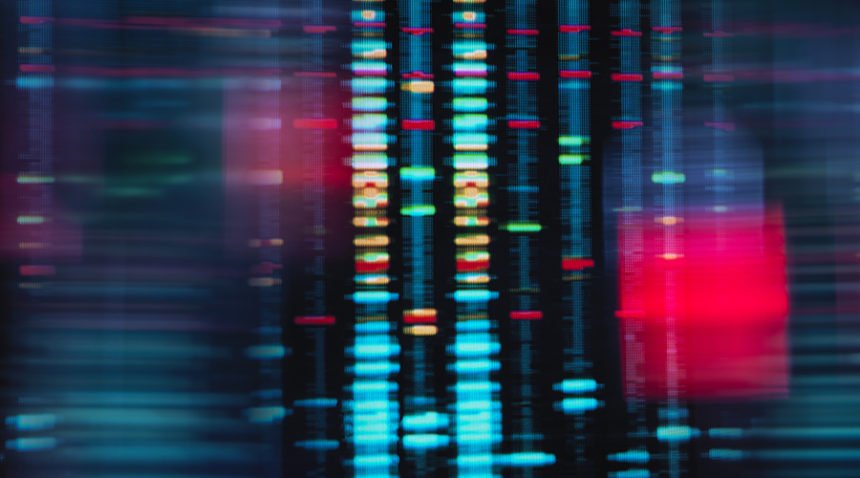In our bodies right now, messenger RNA, or mRNA, is sending genetic instructions for cells to make proteins—the machines of life that make heart muscles beat, hair follicles grow, and many other biological process happen. This mRNA is a long molecule that contains instructions that a cell uses to create proteins.
Knowing this, in January 2020 scientists sequenced the entire genetic code of SARS-CoV-2, which causes coronavirus disease 2019 (COVID-19), and discovered the mRNA that codes for the notorious spike proteins that get the virus into human cells. Scientists quickly produced this particular mRNA in the lab.
“Think of mRNA as a text message to tell cells what to make,” says UNC Health infectious diseases specialist David A. Wohl, MD. “For a vaccine, we’ve been kind of clever and said, ‘what if we send our cells a text message so that they make some of the virus proteins. Then our body would see these proteins and react by making antibodies against them.’”
Vaccine developers did just that. First they tested this approach in the lab and then in animals to be sure antibodies against SARS-CoV-2 were created.
Small phase I trials were next, followed by larger phase II and III clinical trials. The results of these trials have exceeded expectations. Researchers did not skip safety steps but were able to work quickly and avoid some time-consuming hurdles. Federal funding for promising vaccine candidates also helped.
The Moderna and Pfizer/BioNTech COVID-19 vaccines would be the first mRNA vaccines to receive Emergency Use Authorization from the Food and Drug Administration (FDA). And no other mRNA vaccine has received FDA approval to date. But mRNA technology in medicine is not new.
“The data we have seen indicate that these vaccines are effective at preventing symptomatic COVID-19,” Wohl says. “We don’t know how long the protective effects will last. This is why we follow phase III clinical trial participants for two years.”
Why use mRNA to make vaccines?
Traditional vaccines use weakened live viruses, dead viruses, or a just some of the viral proteins, all of which are intended to prompt an immune response. Some of these methods are under development for COVID-19 vaccines.
The creation of mRNA vaccines skips all those steps and offers a relatively simple bit of genetic code packaged in a fatty particle or another harmless vessel. The mRNA molecules are not as complicated as whole proteins, synthesizing mRNA for vaccines is more straight forward, and mRNA manufacturing can be scaled up much faster to meet demand—such as during a pandemic.
If they are so new, doesn’t that mean we don’t know enough about them?
Not really.
In 1990, scientists injected synthetic mRNA into animals to show that cells can produce the desired protein. In 2005 and since, scientists have been figuring out how to package stabilized mRNA inside tiny particles to deliver the mRNA cargo into the correct cells for vaccines and other therapeutics. During these years, scientists learned how these mRNA packages instruct cells to make the desired proteins, and they learned the mRNA does not enter the cell’s nucleus. So, the mRNA does not interfere with our DNA or any part of our body. The mRNA degrades, and our cells dispose of it, just like our cells dispose of our own mRNA when we don’t need it anymore.
One such company investigating this technology since 2008 is Biopharmaceutical New Technologies (BioNTech), a German firm that had been focused on cancer drug candidates based on mRNA products. When the COVID-19 pandemic hit, BioNTech scientists dropped everything to focus on creating an mRNA vaccine candidate for COVID-19. They did, and they partnered with a much larger pharmaceutical company, Pfizer, which could more easily mass-produce vaccines for clinical trials in the United States and beyond.
The FDA could grant Emergency Use Authorization in December 2020 or January 2021 for both the Pfizer/BioNTech and Moderna vaccines.
Click here for the latest information on the COVID-19 vaccines or visit the CDC website and the UNC Health COVID-19 Resources page, and follow UNC Health on Twitter, Facebook, Instagram and YouTube.
photo credit: Andrew Brookes – gettyimages.com

